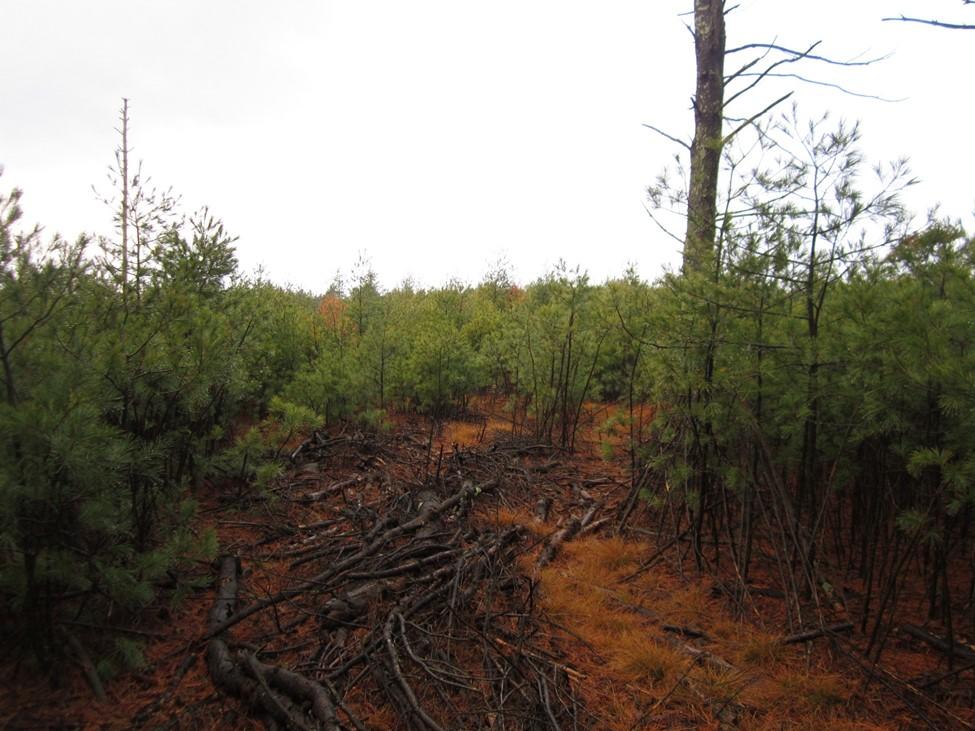Silviculture Objective(s)
Natural conversion of the stand to white pine through an overstory removal of the existing red pine plantation. Prior to the harvest the understory was well stocked with white pine advance regeneration. The post-harvest objective is to release a minimum of 700 evenly distributed, undamaged white pine seedlings per acre that are at least 2-4 feet in height. Long-term objectives include even-aged management for white pine sawtimber through periodic intermediate treatments, including release, thinning and pruning. Wildlife habitat improvement that will not interfere with forest management practices is encouraged, such as retention of 5-15% crown cover in living trees greater than 5” in diameter.
Pre-treatment stand description and condition
Stand establishment and management history:
Stands 1 and 3 were previously red pine plantations (with a small component of white pine) established in 1939. The stands have been periodically thinned to maintain recommended stocking levels, including a row thinning in 1964 and marked thinnings in 1970, 1978, and 1986. Small amounts of red pine pocket decline were noted in 2010. This property is privately owned and is managed under Wisconsin’s Managed Forest Law.
Pre-treatment species composition:
- Overstory - red pine
- Understory - white pine
Pre-treatment growth and stocking:
- Overstory Stocking (BA) –
- Stand 1: 136 ft²/acre
- Stand 2: 120 ft²/acre
- Understory Stocking –
- Density - no pre-treatment records, other than management plan noting high density of white pine advance regeneration
- Height – 4-12 ft.
Pre-treatment forest health issues:
- A small amount of red pine pocket decline was noted in Stand 1 in 2010.
- Heterobasidion root disease was identified within 0.5 mile of the property in 2010.
Silviculture Prescription
In 2010, the management plan was amended to the following based on the landowner’s request:
In stands 1 and 2 – conduct an overstory removal regeneration harvest to be completed in 2010.The overstory removal will harvest all red and white pine (minus reserve trees) in order to release desirable advance regeneration of white pine seedlings that are well stocked and well established in the understory. Well stocked is defined as over 700 evenly distributed vigorous seedlings per acre remaining following the removal. Well established is defined as seedlings at least 2-4 feet in height. The minimum stocking of 700 trees per acre (ideally is 900 trees per acre) will promote correcting of tip weevil damage and ensure an adequate number of crop trees at rotation. If the stands do not reach desirable stocking by the fourth year after the harvest (2014), site prep and planting will be completed by 2016. Consideration towards leaving 5-15% of the crown cover from living trees that are greater than 5 inches in diameter as reserve trees is highly recommended. These reserve trees will be retained for tree species diversity, wildlife, habitat, aesthetics, and water/soil quality.
What actually happened during the treatment
Overstory harvesting occurred in the spring of 2011, using a mechanical processor and forwarder.
Post-treatment assessment
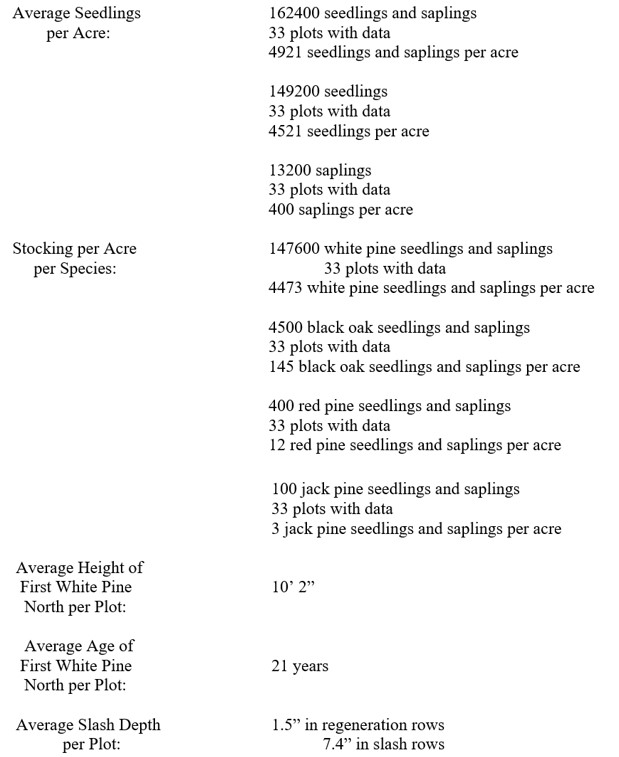
Figure 1: Results for the regeneration survey completed in the late summer of 2011. Seedlings and saplings are considered to have a DBH of 0-5 inches. There were 47 plots taken with 33 providing data.
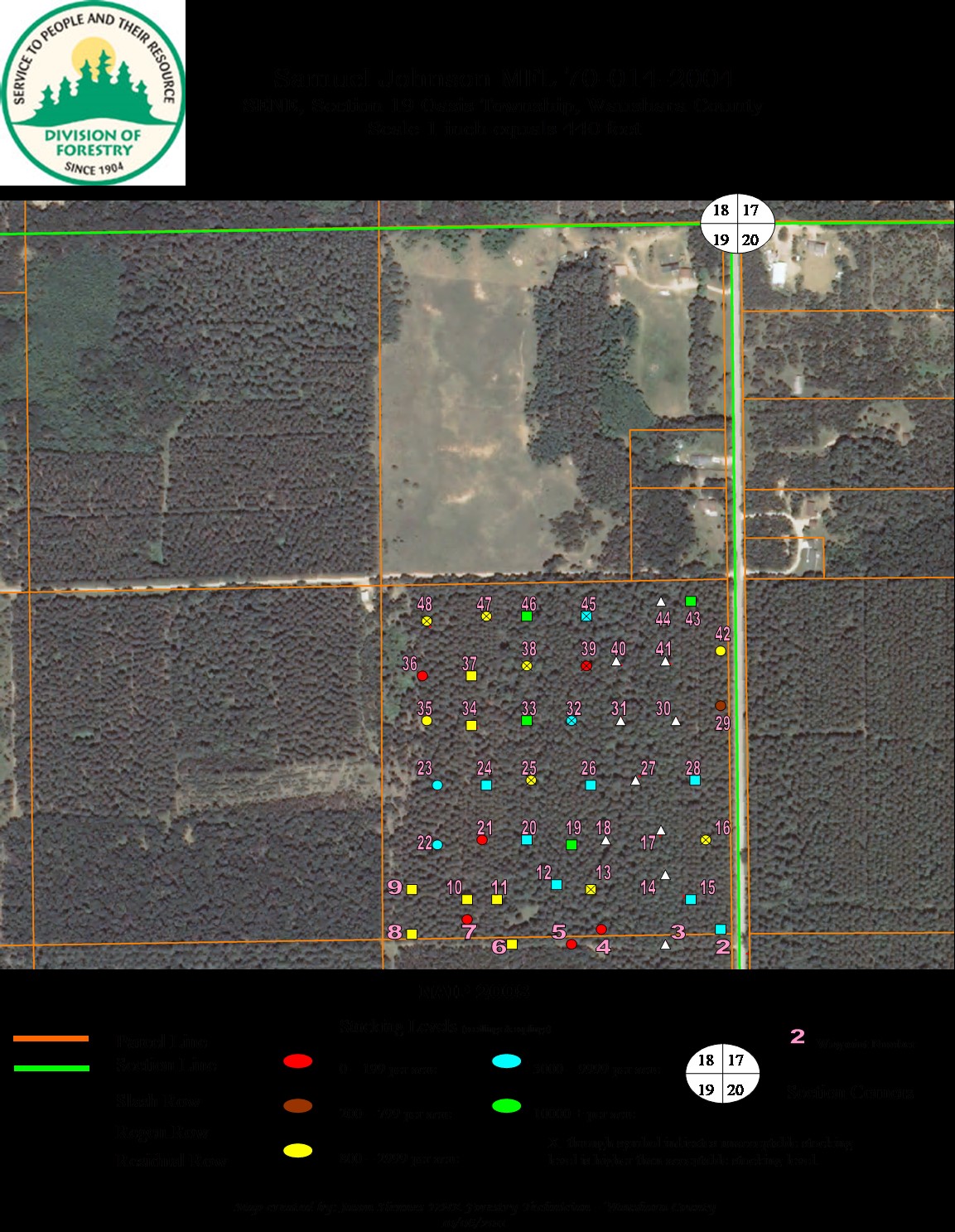
Figure 2: A map of the property regarding stocking levels post-harvesting in late summer 2011.
After the harvesting, a regeneration survey was completed in late summer of 2011, using 1/100th acre plots on a three chain by three chain grid within the harvesting area. Every seedling/sapling with in an 11.78 foot radius was either counted as acceptable or unacceptable.
Unacceptable seedlings/saplings had one or more of the following criteria:
- Leaning more than 15%
- Broken top or forked and one fork dead/broken
- Dead from sun scald
Seedlings/sapling heights and ages were also estimated by sampling the first tree north of plot center.
Results for this assessment can be seen in both Figure 1 and Figure 2.
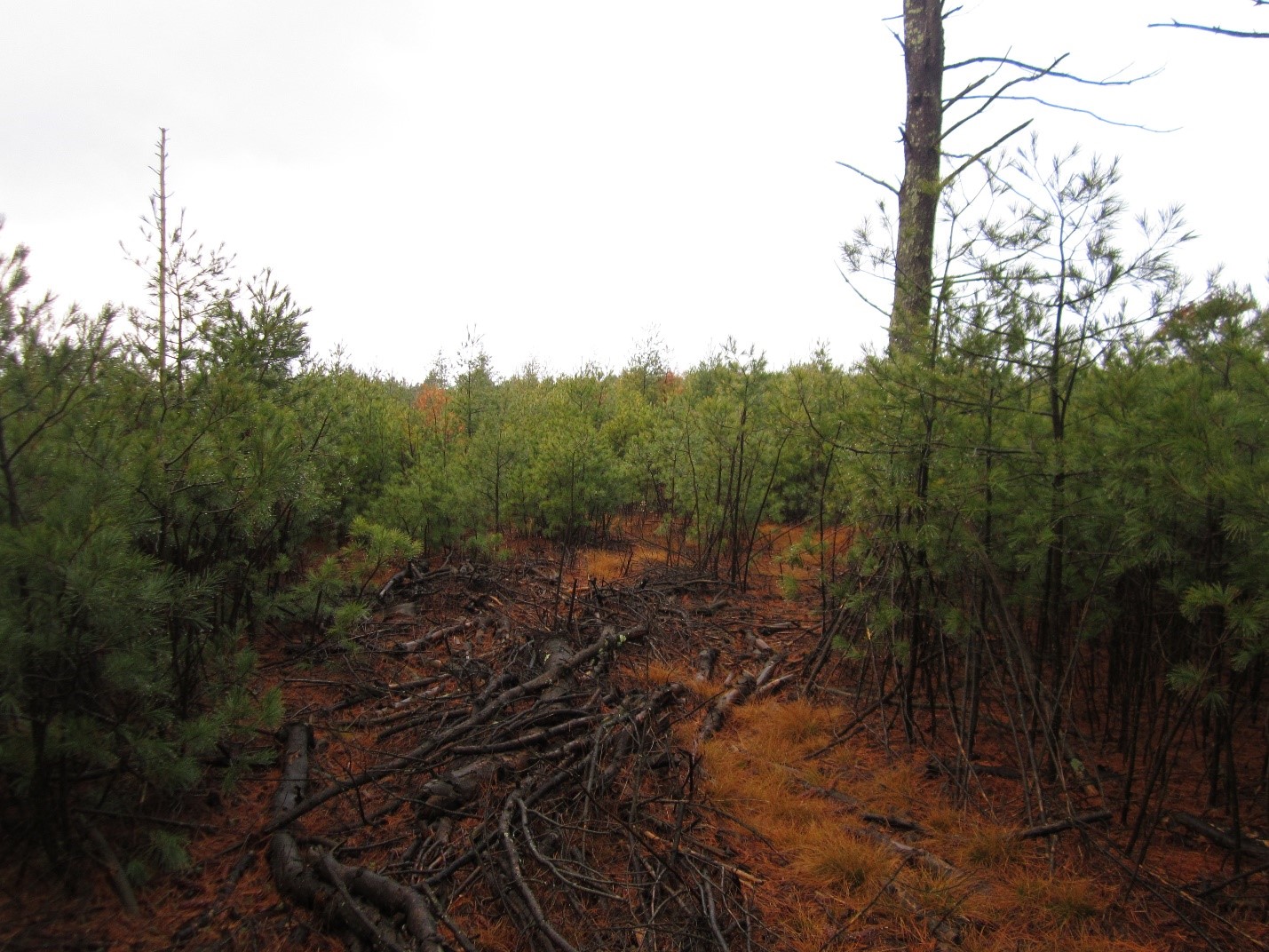
Figure 3: Slash trail on the property post-treatment in December 2015.
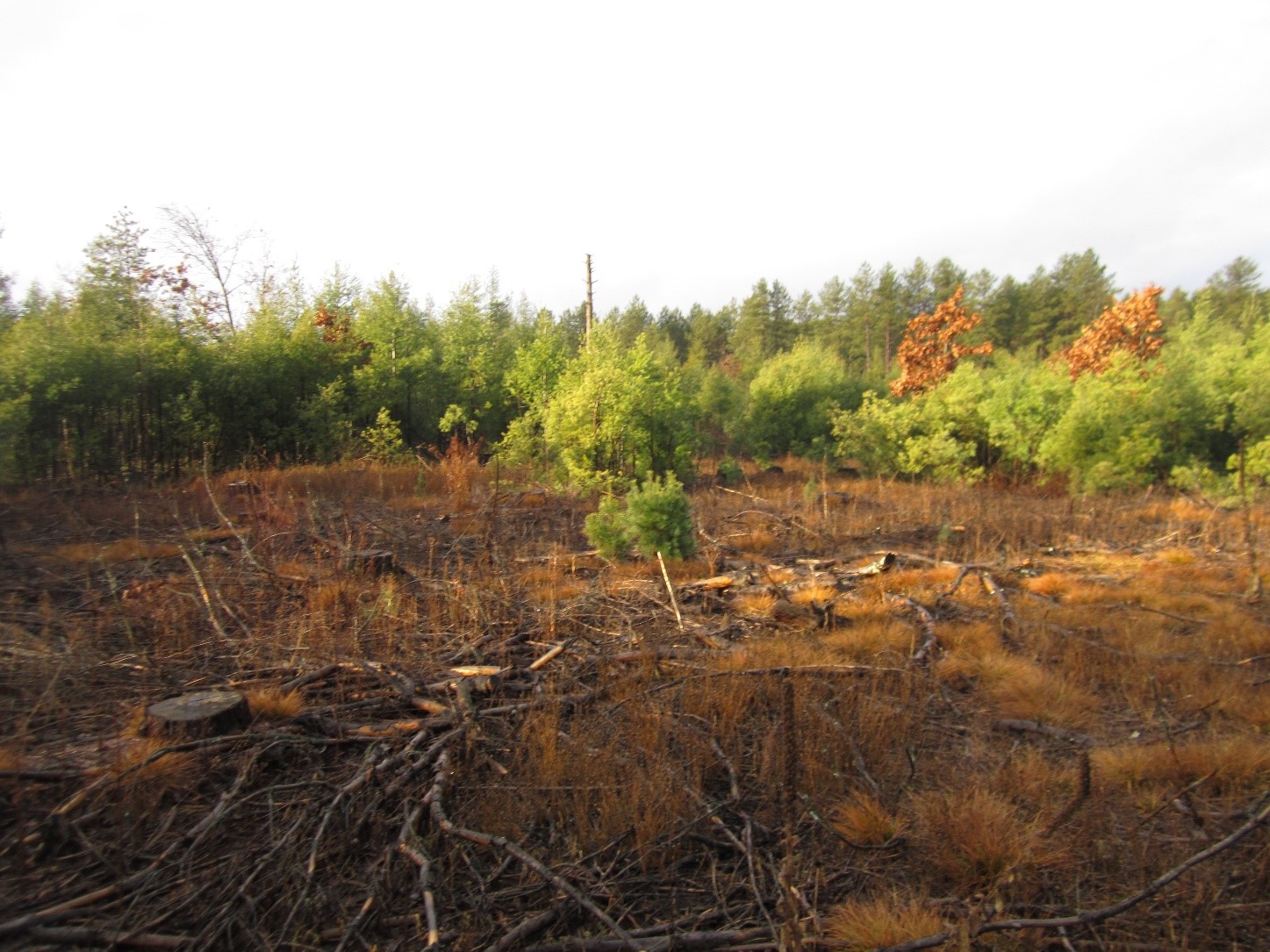
Figure 4: A picture of the property post-treatment in December 2015.
In December of 2015, a follow-up regeneration survey was conducted to remeasure density and height growth response. Again, 1/100th acre plots were used, but this time on a 6 chain by 6 chain grid. Plots were purposely not located within skid lanes, so the resulting trees per acre were skewed greater than the 2011 survey. The results of this data can be seen in Table 1.
Table 1: Regeneration survey results.
| Plot # | GPS Coordinates | 1st PW North "Height" | Spp | Seedling/Sapling count | Per Acre |
| 1 | 44.194882, -89.466515 | 20' 8" | PW | 87 | 8700 |
| 2 | 44.194968, -89.468761 | 1' 7" | PW | 138 | 13800 |
| 3 | 44.195223, -89.470168 | 5' 3" | PW | 124 | 12400 |
| 4 | 44.194098, -89.470030 | 11' 0" | PW | 123 | 12300 |
| 5 | 44.194040, -89.468776 | 15' 6" | PW | 185 | 18500 |
| 6 | 44.193550, -89.468970 | 8' 8" | PW | 240 | 24000 |
| 7 | 44.194060, -89.466722 | 12' 7" |
PW PR O. Black |
33 1 3 |
3300 100 300 |
| 8 | 44.192541, -89.466818 | 5' 1" |
PW O. Black |
228 2 |
22800 100 |
| 9 | 44.192709, -89.468974 | 12' 3" | PW | 196 | 19600 |
| 10 | 44.192674, -89.470352 | 6' 2" |
PW PR |
6 4 |
600 400 |
Plans for future treatments
Based on the amended management plan, a non-commercial release of 150-200 white pine crop trees per acre is recommended in 2015. Continued commercial thinning of white pine is planned for 2025. This will result in an intermediate thinning from below. The basal area will be reduced to approximately 90 sq.ft./acre. Pruning of white pine crop trees is also recommended to improve sawtimber quality.
Summary / lessons learned / additional thoughts
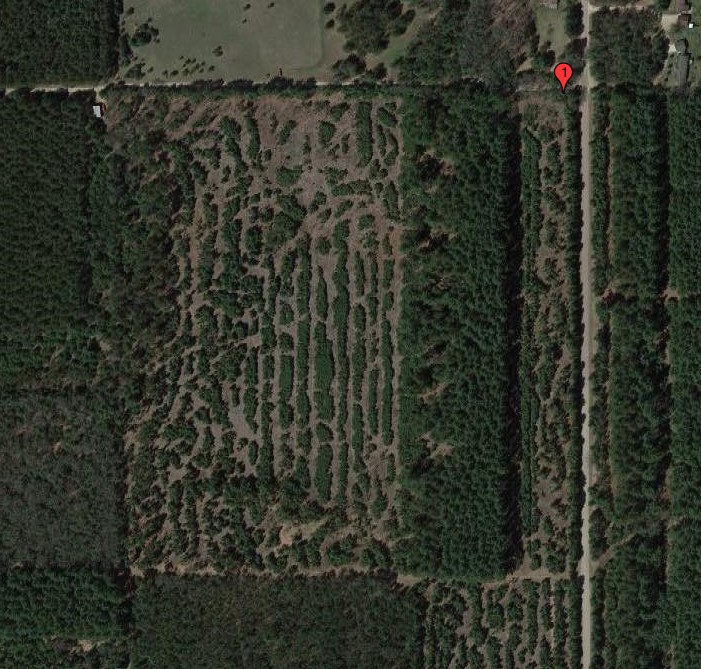
Figure 5: Current aerial imagery of the stands showing damage to regeneration caused by harvesting and skidding operations. Photo courtesy of Google Maps and obtained in December 2017.
A noticeable result of the overstory removal in Stands 1 and 3 is the amount of advance regeneration destroyed through harvesting and skidding operations (see Figure 5). The timber processor attempted to harvest two rows on either side of the machine, resulting in a skid lane every 5th row (or approximately 40-45’), however due to variable row widths and stocking within the plantation the area impacted by harvesting operations was greater than expected. In addition, there was some windstorm damage to the residual white pine overstory (reserve trees) and a subsequent salvage harvest in the winter of 2011 that may have resulted in more damage to the white pine regeneration. An adjacent plantation was thinned at the same time by the same operator with significantly less harvest damage to the advance regeneration, but this stand was reported to have more consistent row widths and larger white pine advance regeneration. One option to mitigate damage in future overstory removal treatments is to further restrict access to limited width, pre-designated skid trails. Timing of the harvest also appears to be important as the regeneration was reported to be more brittle due to cold temperatures. At the stand level, white pine regeneration easily met the prescription target of 700 trees per acre, however, when comparing the height estimates between the 2011 regeneration survey (average height = 10’ 2”) and 2015 regeneration survey (average height = 9’11”), it appears that the white pine advance regeneration has responded little in terms of height growth after 4 growing seasons. The data for height measurement were limited, so these numbers should be interpreted cautiously. Overall the white pine seedlings/saplings still appeared healthy in 2015, so more time may be needed to see a substantial height growth response.
